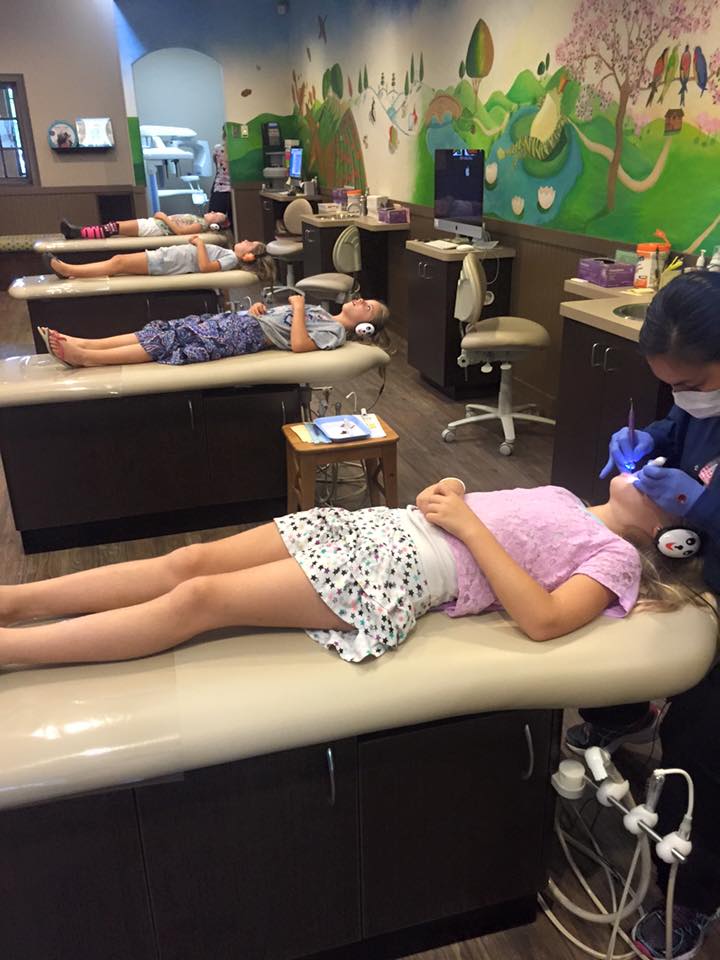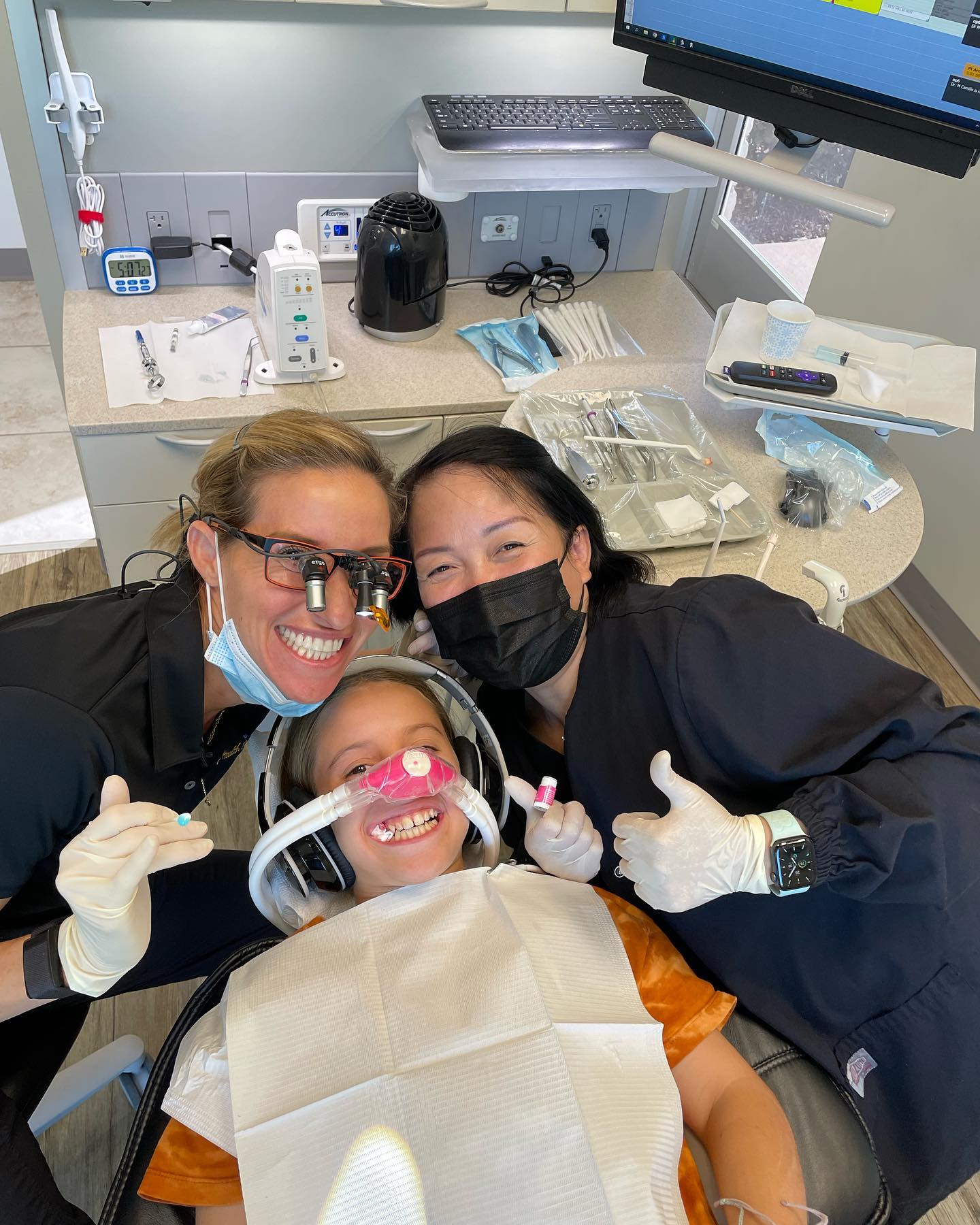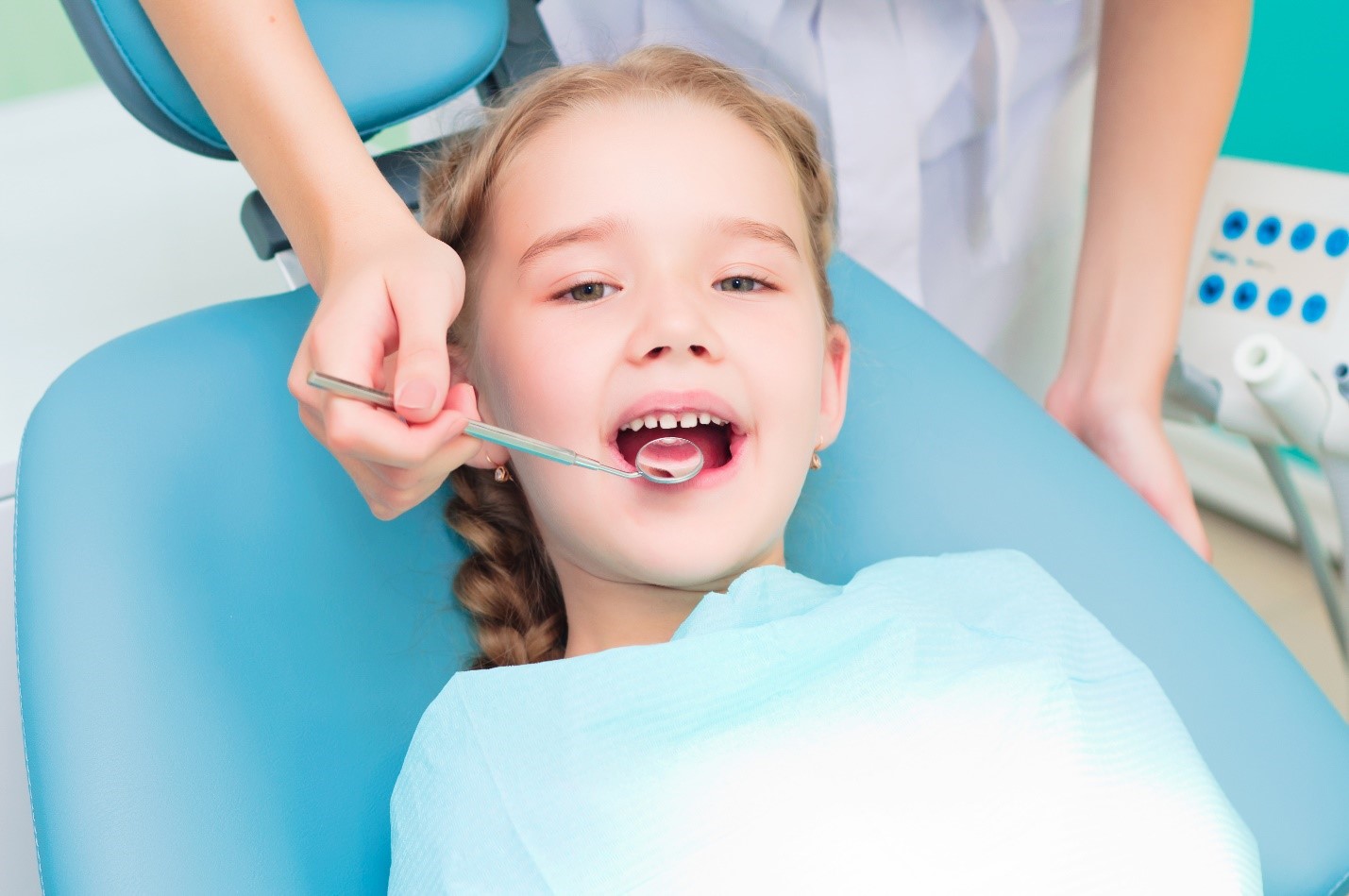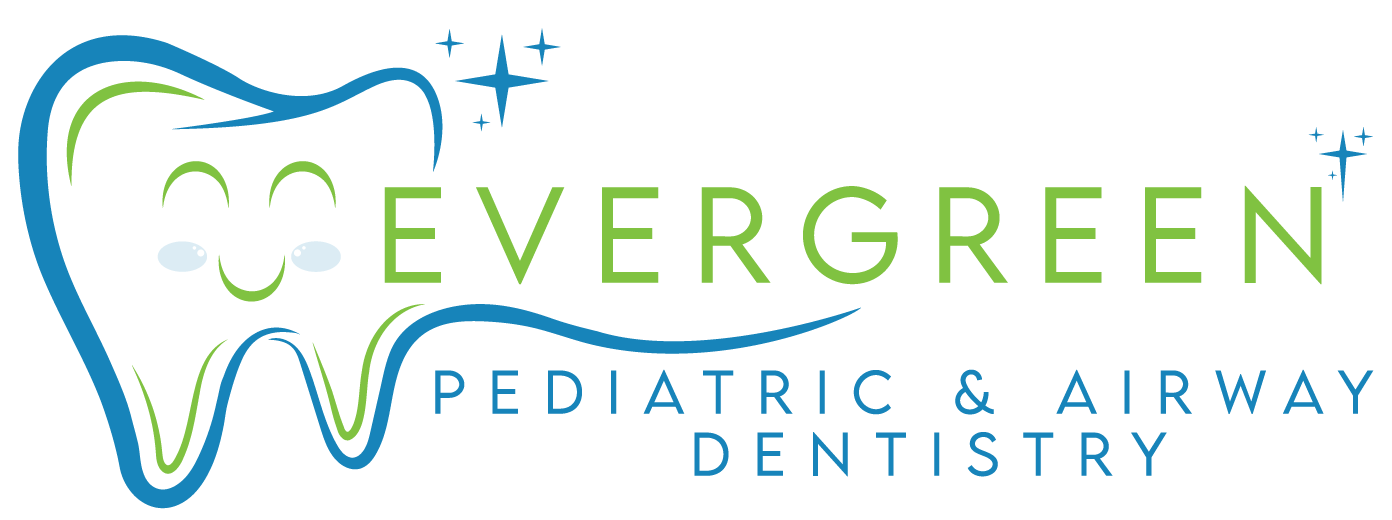Raising Awareness: The Impact of Sleep Disordered Breathing on Kids
Sleep disordered breathing is a condition that affects many children and their families, but unfortunately, often goes unrecognized or undiagnosed. While occasional snoring may be normal for kids, more than just heavy snoring can indicate sleep disordered breathing in kids. Left untreated, this issue can become serious and have long-term consequences on a child’s physical and emotional health. To help raise awareness of the impact of SDB in children everywhere, this blog post will take an in-depth look at what sleep disordered breathing is as well as potential symptoms to watch out for.
What is Sleep Disordered Breathing (SDB)?
Sleep Disordered Breathing (SDB) is a general term that encompasses various chronic conditions characterized by the repeated interruption of breathing during sleep. These interruptions can range from partial to complete cessation of breathing and occur multiple times throughout the night. This disruption in the normal breathing pattern during sleep not only leads to a decrease in the quality of sleep but also poses a significant risk to overall health.
SDB includes a spectrum of conditions, starting from frequent loud snoring to more severe cases such as Obstructive Sleep Apnea (OSA). In OSA, individuals experience repeated episodes of partial or total blockage of the airway during sleep, resulting in further breathing disturbances. It is important to note that SDB is not limited to adults; it can also affect children.
When a child’s breathing is disrupted during sleep, the body perceives it as a choking phenomenon, triggering various physiological responses. The heart rate slows, blood pressure rises, and the brain is briefly aroused from sleep, leading to further sleep disruption.
Understanding the complexity and potential impact of Sleep Disordered Breathing is crucial in recognizing the importance of proper diagnosis and treatment to improve both sleep quality and overall health.

Sleep Disorder Breathing Treatment
Causes of Sleep Disordered Breathing in Kids
Several factors can contribute to the development of Sleep Disordered Breathing in children. These include:
- Anatomical Abnormalities: Certain physical attributes, such as oversized tonsils or adenoids, a deviated septum, or a small jaw or airway, can restrict airflow and lead to SDB.
- Obesity: Overweight children are at a higher risk of SDB as excessive fat tissues can narrow the airway, making it harder to breathe during sleep.
- Allergies: Chronic nasal congestion due to allergies can cause difficulty breathing and disrupt regular sleep patterns.
- Neuromuscular disorders: Conditions like cerebral palsy or muscular dystrophy can affect the muscles that regulate breathing and lead to SDB.
- Family History: Genetics can play a role in the development of SDB. Children with family members who have SDB are more likely to develop the condition themselves.
Recognizing these potential causes of Sleep Disordered Breathing can help in early detection and intervention, potentially mitigating the long-term effects of this condition on a child’s health and well-being.
Common Symptoms of Sleep Disordered Breathing in Kids
The common symptoms of Sleep Disordered Breathing in kids can vary widely, and not all children will exhibit the same signs. However, there are a few key symptoms to watch out for:
- Frequent Snoring: While occasional snoring may not be a cause for concern, habitual or loud snoring could indicate SDB.
- Pauses in Breathing During Sleep: Also known as sleep apnea, periods of stopped breathing are a severe symptom of SDB.
- Night Sweats: Due to the excessive effort to breathe, children may sweat profusely during sleep.
- Restless Sleep: Children may toss and turn, have difficulty finding a comfortable position, or exhibit unusual sleeping positions.
- Daytime Sleepiness: Despite long hours of sleep, children with SDB may often feel tired or sleepy during the day.
- Behavioral Problems: Irritability, mood swings, and hyperactivity can be signs of a sleep disorder.
- Academic Difficulties: Decreased concentration and poor memory can lead to failing grades and difficulties at school.
If your child exhibits one or more of these symptoms, it’s essential to consult with a medical professional for a comprehensive evaluation.
Recognizing the Signs of Sleep Disordered Breathing (SDB) in Your Child
Often, the signs of Sleep Disordered Breathing (SDB) in children may not be blatantly apparent and could be mistaken for general fatigue or childhood restlessness. However, as a parent or caregiver, there are key signs that you can look out for to help identify if your child might be suffering from SDB:
- Observe Their Sleep Pattern: Watch for the signs mentioned earlier like habitual snoring, pauses in breathing, night sweats, or restless sleep. You may also notice your child sleeping in unusual positions, which can be a sign of struggling to breathe.
- Monitor Daytime Behavior: SDB can manifest in daytime symptoms as well. Look out for excessive daytime sleepiness, behavioral problems like irritability or hyperactivity, and academic difficulties.
- Note Any Physical Signs: Physical signs like growth problems, bedwetting, or an increase in cardiovascular issues can also point towards SDB.
- Listen to Their Breathing: If your child makes gasping or choking sounds during sleep, it could be a sign of SDB.
If you notice these signs, it’s essential to consult with a medical professional. Early detection is key when it comes to managing and treating SDB effectively to ensure your child’s health and well-being.

Breath Disorder Dentistry
The Impact of Sleep Disordered Breathing on a Child’s Health
Sleep-disordered breathing (SDB) dentist can have profound implications on a child’s health. Physically, SDB can contribute to growth problems. Children with SDB may have slower growth rates, which is thought to occur because their bodies are working harder to breathe during sleep rather than focusing energy on growth.
The cardiovascular system can also be affected. SDB may lead to high blood pressure and an increased risk of heart disorders. SDB’s impact extends to a child’s cognitive and emotional health as well. Children with untreated SDB may face challenges with attention, memory, and learning, potentially leading to academic difficulties.
Behavioral problems are another concern and can manifest as irritability, aggression, or hyperactivity. These issues often resemble symptoms of ADHD and can lead to misdiagnosis. Lastly, SDB can affect a child’s quality of life, leading to daytime fatigue that can hinder social activities and family life. Therefore, it’s crucial to identify and treat SDB early to prevent these potential health impacts and ensure the child’s overall well-being.
The Importance of Early Diagnosis and Treatment of Sleep Disordered Breathing (SDB)
Early diagnosis and treatment of Sleep Disordered Breathing (SDB) in children are pivotal for several reasons. First and foremost, it can prevent the array of health, cognitive, and behavioral issues associated with the disorder, thereby safeguarding your child’s well-being. Early treatment can correct abnormal breathing patterns during sleep, which can lead to improved sleep quality and increased daytime alertness. Improved sleep can also promote better growth and development in children, and reduce the risk of cardiovascular issues.
Moreover, early intervention can significantly mitigate cognitive and behavioral disruptions linked with SDB. By addressing attention and memory problems, we can enhance a child’s academic performance. Similarly, treating SDB early can help alleviate behavioral issues, leading to improved mood, reduced irritability, and better social interactions.
In conclusion, early diagnosis and treatment are crucial in managing SDB, emphasizing the importance of regular monitoring of your child’s sleep patterns and behavior. If you suspect your child has SDB, consult with a healthcare professional immediately to begin the necessary evaluations and treatment as soon as possible. Every child deserves a good night’s sleep, and getting adequate treatment for SDB is a critical step towards achieving that.
Diagnosis and Treatment Options for Sleep Disordered Breathing (SDB)
The diagnosis of Sleep Disordered Breathing (SDB) in children usually begins with a detailed review of the child’s sleep and medical history. This is often followed by a physical examination and possibly a sleep study, or polysomnography, which monitors various biological functions during sleep, such as brain waves, eye movements, heart rate, and breathing patterns.
Once a diagnosis is confirmed, several treatment options can be considered. The choice of treatment often depends on the underlying cause of SDB and the severity of symptoms. Here are some common treatment options:
- Positive Airway Pressure (PAP) Therapy: This is the most commonly prescribed treatment for SDB, especially for obstructive sleep apnea. The child wears a mask over the nose or mouth while sleeping. The mask is connected to a machine that delivers a continuous stream of air into the nostrils to keep the airways open.
- Oral Appliances: These devices can help keep the child’s airway open during sleep. Some appliances reposition the lower jaw and tongue, while others stabilize the tongue to prevent it from collapsing and blocking the airway.
- Lifestyle Changes: If the child is overweight, weight management may be recommended. Reducing exposure to allergens and treating nasal allergies may also help.
- Surgery: If the child has enlarged tonsils or adenoids causing the blockage, surgery might be considered.
It’s important to note that each child is unique, and what works best will depend on the individual child’s circumstances and needs. Regular follow-ups with the healthcare provider are essential to assess the effectiveness of treatment and make necessary adjustments. Remember, treating SDB effectively can lead to significant improvements in your child’s sleep, health, and quality of life.
Tips to Help Reduce the Risk of Sleep Disordered Breathing in Kids
Adopting certain habits and lifestyle changes can help reduce the risk of Sleep Disordered Breathing (SDB) in children. Here are some actionable tips:
- Encourage Regular Physical Activity: Regular oral service can help maintain a healthy weight and reduce the risk of SDB. Encourage your child to engage in physical activities like swimming, cycling, or simply playing outdoors.
- Promote a Balanced Diet: A diet rich in fruits, vegetables, lean proteins, and whole grains can help prevent obesity, a risk factor for SDB. Limit the intake of processed foods and sugary drinks.
- Establish a Regular Sleep Schedule: Consistent bed and wake-up times can regulate your child’s biological clock and enhance sleep quality.
- Limit Screen Time Before Bed: The light from screens can interfere with the production of melatonin, a hormone that promotes sleep. Try to turn off screens at least one hour before bedtime.
- Promote a Sleep-friendly Environment: Keep the bedroom quiet, cool, and dark to enhance sleep. Consider using blackout curtains, white noise machines, or fans if needed.
Remember, these measures are preventative in nature. If you suspect your child is already struggling with SDB, it’s important to consult a healthcare professional.

Breath Disorder Treatment
How to Raise Awareness for Sleep Disordered Breathing in Kids
Raising awareness about Sleep Disordered Breathing (SDB) in children is an essential step in ensuring early diagnosis and intervention. Here are some effective strategies:
- Education: Start by educating yourself about SDB. Learn about its symptoms, causes, and potential consequences. Share this knowledge with your family, friends, community, and especially with parents and caregivers.
- Social Media Campaigns: Use platforms like Facebook, Twitter, or Instagram to share factual information about SDB. Use graphics, infographics, and videos to make your content more engaging and shareable.
- Community Outreach: Host or participate in community events like health fairs or school meetings to discuss SDB. Consider inviting a professional dentist to speak about the importance of early detection and treatment.
- Collaboration: Collaborate with schools, pediatric clinics, and local organizations to distribute informational brochures or conduct workshops about SDB.
- Advocate: Encourage your local representatives to support health policies that promote early diagnosis and management of SDB in children.
Remember, increasing awareness about SDB can lead to more parents seeking help for their children and ultimately pave the way for healthier future generations.
In conclusion, Sleep Disordered Breathing (SDB) is a common condition in children that can have serious consequences if left untreated. Early diagnosis and proper treatment are crucial for improving sleep quality, health, and overall well-being. By understanding the risk factors, adopting healthy habits, and raising awareness within our communities, we can work towards preventing and managing SDB in children effectively. Let’s prioritize the importance of healthy sleep for our children and their future.
Evergreen Pediatric Dentistry
https://www.google.com/maps?cid=14720788683151219551
12910 Totem Lake Blvd NE #103, Kirkland, WA 98034, United States
(425) 814-3196
https://evergreenkidsdentist.com/


